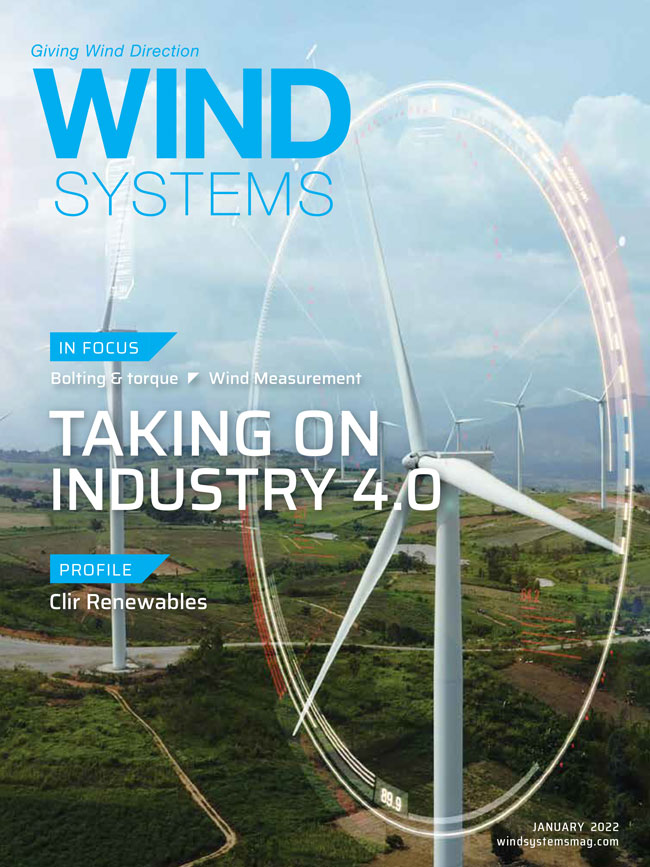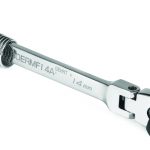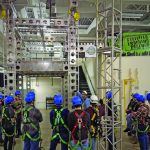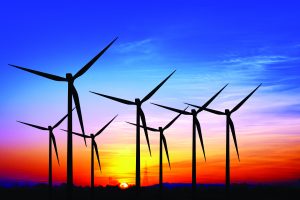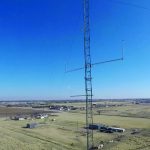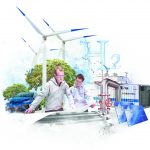The next phase in the Industrial Revolution is here: Industry 4.0. Following on the heels of the last great revolution in industry — the introduction of computing and automation into the manufacturing processes — the concept of Industry 4.0 focuses heavily on interconnectivity, automation, machine learning, and real-time data.
“Industry 4.0 is a big move,” said Brian Warmerdam, product manager at RAD Torque Systems. “Originally coming out of Germany, the idea encompasses a lot of modern technology, especially data capture and communication. It’s like the ‘Internet of Things’ but with a more industrial focus.”
The concept of a “smart factory,” a highly digitalized and connected environment where machinery and equipment are able to improve processes through automation and self-optimization, becomes possible in this phase. When implemented, manufacturing and production can become more efficient, more economical, and provide opportunities to reduce waste through connection, creation, and sharing of information.
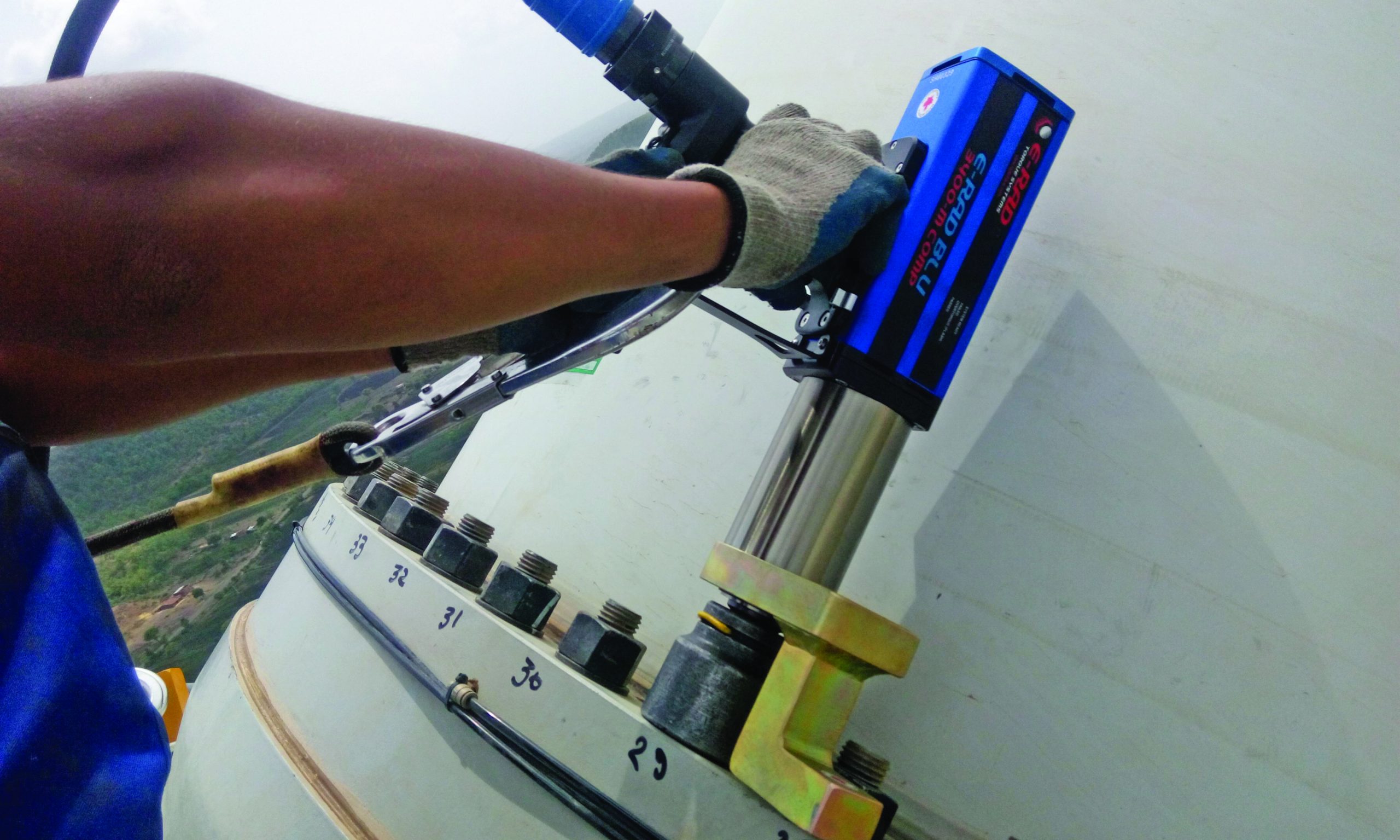
Moving into Robotics
A key component of Industry 4.0 required to enable this industrial innovation is the development of more affordable and accessible robotics solutions to manage some of the more repetitive, challenging, and potentially dangerous tasks that could previously only be performed by humans.
As the wind industry prepares for exponential growth in both onshore and offshore markets globally, the introduction of robotics is a natural next step. According to a recent report from the Department of Energy, more wind energy was installed in 2020 in the United States than any other energy source, accounting for 42 percent of new U.S. capacity. The global pipeline for floating offshore wind energy more than tripled in 2020 and continues to grow.
Adopting economies and efficiencies such as those offered by the implementation of robotics is essential to support this increased demand for wind turbines. Furthermore, the required ongoing maintenance of these machines will be an activity that continues to grow as more wind turbines are brought into operation.
One specific application that lends itself well to the use of automated robotics occurs during the erection phase of building a new wind turbine: the tightening of bolts, which is a critical process. An essential part of the erection process, bolt tightening can be very time-consuming, labor intensive, and often must be performed in less than ideal environments difficult to access due to high altitudes and, at times, inclement weather. To ease this process, manufacturers have started to look to automated robotics.
“There are a lot of very large flanges in these wind towers,” Warmerdam said. “They’re where the generators meet the hub, where the hub rotates, and where there’s a big yaw bearing — it’s just a giant flange. On some of those flanges, there can be over 130 bolts, and it is a very slow process to manually torque each of those. When you remove the human element from this situation and add robotics, then they can multitask and tighten two or even four bolts at the same time. Using robotics in this regard can seriously increase your efficiency.”
“Not only can you recognize time savings, but because these flanges can be so huge, it’s much easier to have a robotic arm that can locate all of those bolts,” he said. “Otherwise, you’d have a person on a ladder trying to maneuver the ladder into the right position to find them.”
Using robotics for these activities also ensures the precision and accuracy demanded by the wind industry can be met.
Speaking the same language
The adoption of robotics also allows for another significant benefit of Industry 4.0 — the ability for devices to communicate across a common platform. As connected machines can capture and document significant amounts of data, it allows for the opportunity to perform deep analysis across multiple devices. Issues and trends can be quickly identified and managed in a much more meaningful and efficient manner.
When the machines are speaking the same language, the ability to control them in a singular voice becomes much more straightforward. RAD Torque Systems has led the charge in this field, developing the E-RAD BLU Series to meet the emerging demands of Industry 4.0 requirements.
“The E-RAD BLU Series is compatible with the new Industry 4.0 standards,” Warmerdam said. “There is a specific set of communication protocols that are unique to bolting tools. We make sure we are compatible with that communication protocol, called ‘open protocol.’”
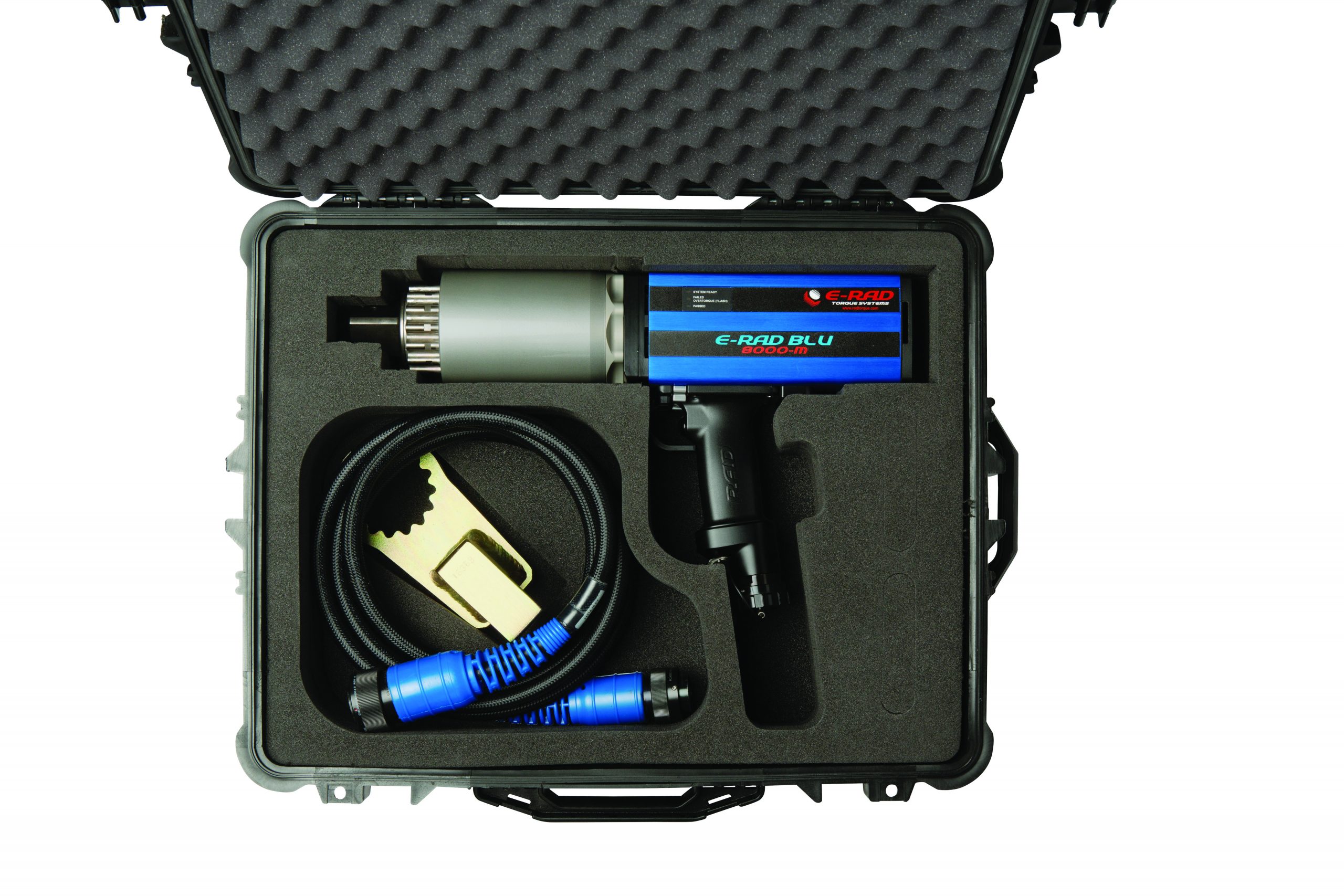
Warmerdam offered a real-life example:
“We’ve successfully deployed our E-RAD BLU and our E-RAD BLU-S tools into manufacturing facilities that use a process management software to control the tools directly,” he said. “This means it can enable or disable the tool; it can sense the torque, the target torque, the target angle — whatever work needs to be done, it can be done over a network by a computer or using specific management software. It takes the onus off of the operator to make sure they’re doing the exact correct thing.”
“That same communications platform is generally what’s used for robotics, so you’re controlling the tool and the robot, both on the same protocol at the same time,” he said. “They can go hand-in-hand, increasing your overall performance.”
Reducing liability through regular backups
A tremendous amount of data is captured during this process, and the E-RAD BLU offers highly advanced data logging and tool management features.
“When all of that data is being captured, you don’t want to lose it,” Warmerdam said. “A significant benefit of the E-RAD BLU is that it allows you to back up your work. This is key as liability is a huge issue in any industry, and especially the wind industry. There are different companies manufacturing components, then others erecting the wind towers, and still others maintaining the wind towers. It’s extremely important that every one of those companies are able to prove that the work they’ve done has been done correctly. Being able to capture and back up your work is a major feature of the E-RAD BLU.”
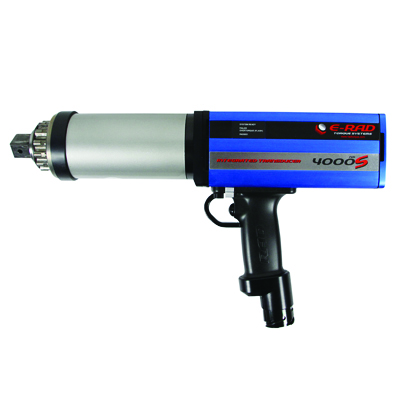
The tool of choice
The E-RAD BLU is used by many large companies involved in the manufacture and maintenance of wind turbines, thanks to its high degree of accuracy for high-torque assembly applications. An advanced electronic pistol grip torque wrench, the E-RAD BLU reduces bolting time up to 300 percent as compared to conventional hydraulic wrenches. It’s a favorite for a variety of other reasons as well, according to Warmerdam.
“The E-RAD BLU is one of the lightest tools you can use that can output the torque that it can — the weight-to-power ratio is one of the best on the market,” he said. “RAD Torque Systems is a pioneer in the development of torque tools, and with the E-RAD BLU-S, we’re now moving toward transducer-controlled torque verification where the tool is actually measuring torque output, not just providing it. This creates a type of closed-loop feedback to increase accuracy and negate as many variables as possible.”
While Industry 4.0 is the big buzzword right now, it’s clear a lot of companies are moving in that direction, and it’s here to stay.
“In network-based industries that are heavy into robotics manufacturing and automated systems, the concept of Industry 4.0 is extremely important,” Warmerdam said. “The adoption of robotics and automated systems platforms allow companies to increase productivity exponentially. Where you may have used only one tool on a job previously, you can now use multiple tools at the same time, realizing significant efficiencies. RAD Torque is committed to making sure our tools integrate with those automation systems platforms so you can take advantage of those efficiencies.”
Looking to the future
Known for accuracy, efficiency, and ergonomics, RAD Torque Systems has always been a leader when it comes to understanding the needs of those on the job.
“We’re committed to supporting these endeavors and movement toward Industry 4.0 with our E-RAD BLU platform,” Warmerdam said. “And we’re always looking to the future to ensure we are meeting the needs as they evolve.”
















